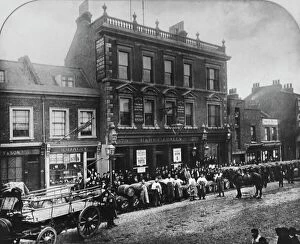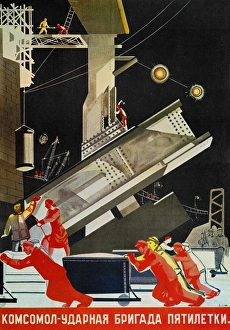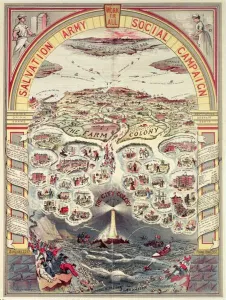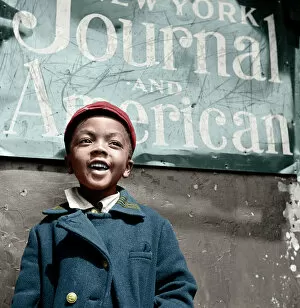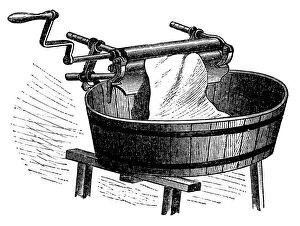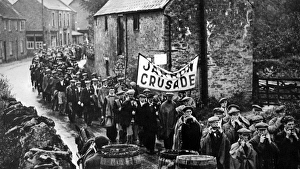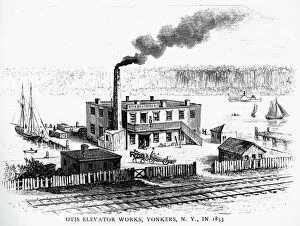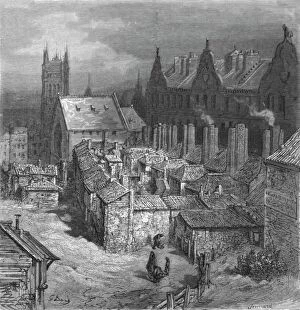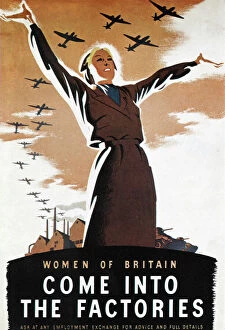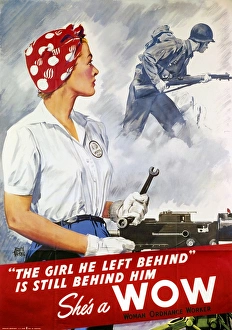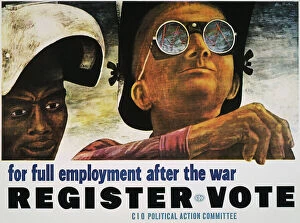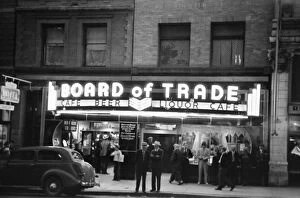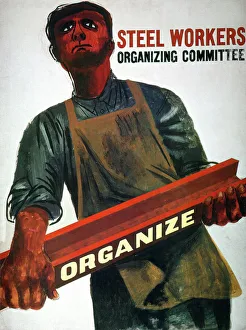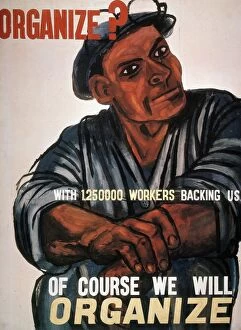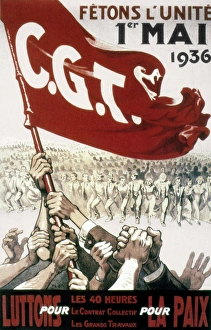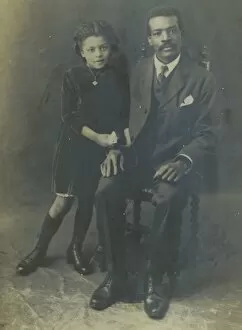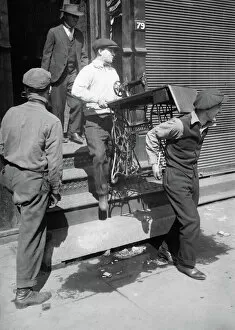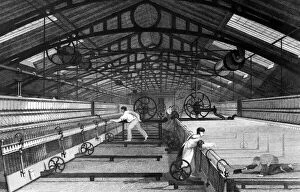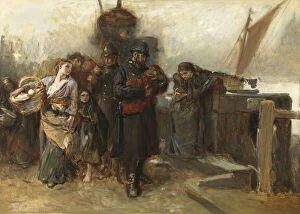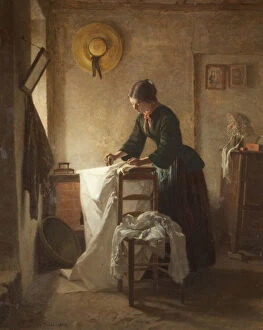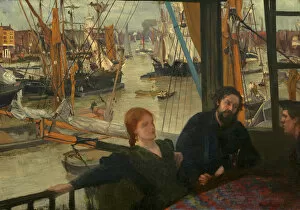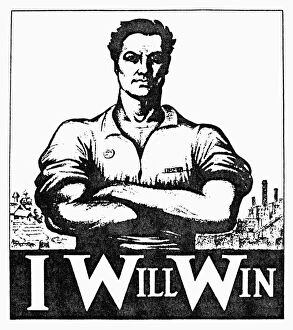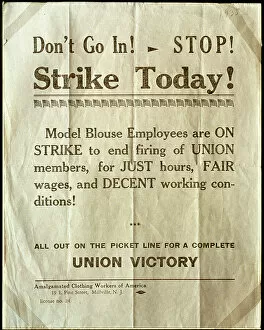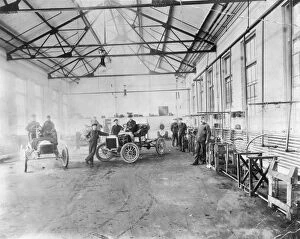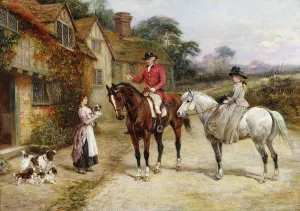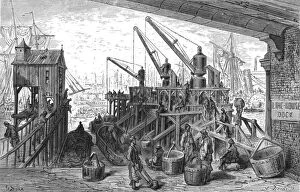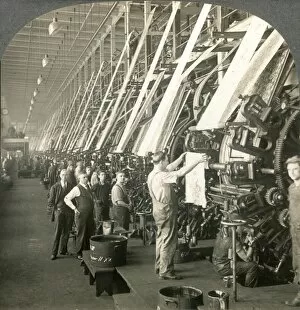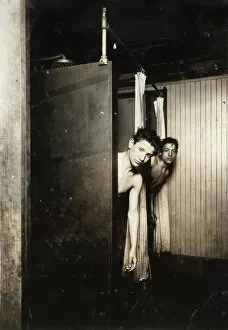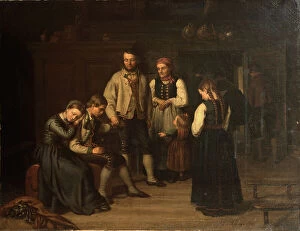Working Class Collection
The working class, an integral part of society's backbone, has long been depicted in various forms of art and propaganda
All Professionally Made to Order for Quick Shipping
The working class, an integral part of society's backbone, has long been depicted in various forms of art and propaganda. In the early 20th century, a capitalist pyramid stood tall, symbolizing the social hierarchy that oppressed the laborers. American Socialist posters from 1911 aimed to challenge this system and advocate for equality. As time progressed, the working class found representation in different ideologies. The Young Communist League emerged as a shock battalion during the Soviet Union's Five-Year Plan in 1931. Vladimir Lyushin's poster captured their determination and commitment towards building a new future. In late 1930s America, Ben Shahn painted an oil on canvas masterpiece titled "Organize?" It showcased over one million workers standing united behind the cause of organizing for better rights and conditions. Across borders, even organizations like Salvation Army used propaganda to address social issues such as poverty. A London-based chromolitho poster from around 1910 highlighted their efforts to uplift those affected by economic hardships. Historical landmarks also bear witness to the struggles faced by the working class. The Old George pub at Bethnal Green in London served as a gathering place where locals shared stories of hardship and resilience during challenging times. One such instance was witnessed when unemployed coal miners took to the streets of Jarrow, England in 1936 demanding justice amidst widespread unemployment caused by industrial decline. Artistic expressions have immortalized iconic figures representing laborers' strength and unity. Vera Mukhina's sculpture "Worker and Kolkhoz Woman" became an emblematic image celebrating collective effort during Moscow's industrialization era. Moving across continents to Harlem in New York City during World War II, Gordon Parks captured a powerful photograph depicting a young newsboy hustling through adversity while contributing his share towards survival amidst difficult circumstances. Industrial progress brought forth innovations like wringers - wet clothes dryers - which eased some burdens carried by homemakers within working-class households. During the war, women played a crucial role in supporting the troops.


